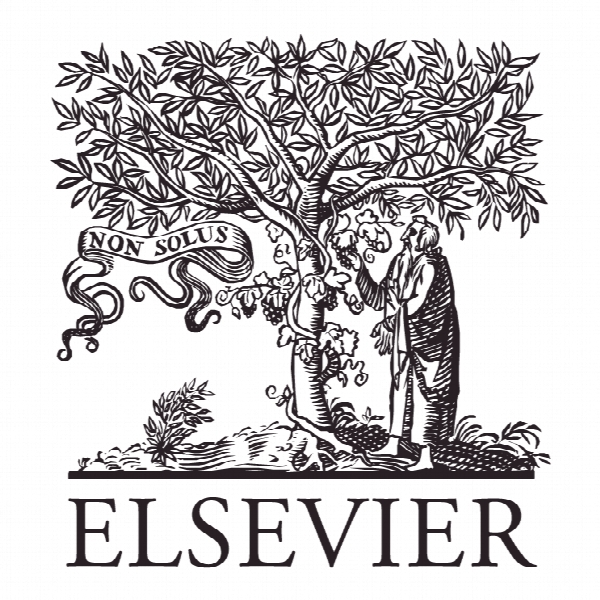حسگرهای نانوساختار (زیستی) برای کشاورزی هوشمند Nanostructured (Bio)sensors for smart agriculture
- نوع فایل : کتاب
- زبان : انگلیسی
- ناشر : Elsevier
- چاپ و سال / کشور: 2018
توضیحات
رشته های مرتبط کشاورزی و بیوتکنولوژی
گرایش های مرتبط بیوتکنولوژی کشاورزی، سیاست و توسعه کشاورزی
مجله گرایش های TrAC در شیمی تحلیلی – TrAC Trends in Analytical Chemistry
دانشگاه Institute of Crystallography (IC-CNR) – Department of Chemical Sciences and Materials Technologies – Italy
منتشر شده در نشریه الزویر
کلمات کلیدی سنسورهای نانوساختار (زیستی)، نانومواد، کشاورزی هوشمند، کنترل پارامترهای فیزیکوشیمیایی خاک
گرایش های مرتبط بیوتکنولوژی کشاورزی، سیاست و توسعه کشاورزی
مجله گرایش های TrAC در شیمی تحلیلی – TrAC Trends in Analytical Chemistry
دانشگاه Institute of Crystallography (IC-CNR) – Department of Chemical Sciences and Materials Technologies – Italy
منتشر شده در نشریه الزویر
کلمات کلیدی سنسورهای نانوساختار (زیستی)، نانومواد، کشاورزی هوشمند، کنترل پارامترهای فیزیکوشیمیایی خاک
Description
1. Introduction The increasing demographic pressure, the climate change, and the enhanced competition for resources of the last decades made the challenge of guaranteeing suitable food worldwide even harder. To meet this requirement, farming practices have been oriented towards the indiscriminate use of resources, high-tech machinery, and chemicals for producing massive food volumes. However, this caused an abuse of soil and water, while triggering huge pollution levels in different environments and affecting human/animal wellbeing. As an example, according to the Bulletin of the World Health Organization (WHO), more than 26 million human pesticide poisonings with about 220.000 deaths occur per year worldwide [1]. Furthermore, agricultural production is responsible for 85% of global water consumption [2], becoming severely associated with negative environmental and economic impacts. Also, as highlighted by the Food and Agriculture Organization of the United Nations, the arable lands per person expressed as hectares are been falling for 50 years because of the abuse of resources for farming applications [3]. The endangering effects of intense agriculture on the ecosystems have turned significant worries amongst environmentalists, encouraging green policies towards more sustainable farming approaches. In 1992, the United Nations Framework Convention on Climate Change (UNFCCC) commissioned a reduction of greenhouse gas emissions with the aim of stabilizing their concentrations in the atmosphere and thus not distressing the climate system [4]. Afterward, several international agreements have been drafted, including the Kyoto Protocol in 1997 and the Conference of Paris in 2015, for limiting global warming to less than 2 °C (3.6 °F) compared to preindustrial levels. In this context, the adoption of more sustainable agricultural practices based on a wise usage of resources without generating detriment of ecosystems become crucial. Smart agriculture involves multifarious approaches based on more energy-efficient and environmentally friendly cross-cutting technologies, including: i) nanoformulation delivery systems to improve dispersion and wettability of nutrients/pesticides, ii) sensors for fertiliser/pesticide residue analysis of soil and crop, and iii) remote sensing, yield mapping, and positioning systems for crop growth/disease control [5]. Among these technologies, nanostructured (bio)sensors are gaining momentum, being able to evaluate crop maturity and status health, detect and tune the amount of fertilisers and pesticides, and sense soil humidity to tailor irrigation avoiding water misuse.


